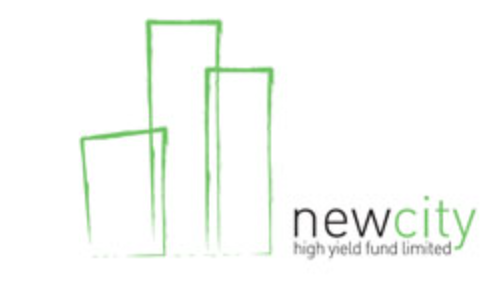CQS New City High Yield steady in face of Brexit worries – CQS New City High Yield Fund reports that its net asset value total return was 5.82% for the year ended 30 June 2018. The share price total return for the same period was 5.50%, and the premium to net asset value stood at 7.1% at 30 June 2018. The Company raised £18.8m from new and existing shareholders.
Earnings per share were 4.54p, marginally below the level of last year. The company has substantial revenue reserves which could be used to partly pay the dividend if it became uncovered in future years, but this isn’t planned or forecast. Three interim dividends of 0.99p and one of 1.45p gave an aggregate payment of 4.42p per share, a 0.7% increase on last year.
Extract from the manager’s report
“When I began to write the report for the year to 30 June 2018 I naturally looked back to what was said in last year’s Annual; in what feels like a bad case of déjà vu it reads “we feel the greatest risks to global markets going forward are from the potential impact of Brexit in our economy and the unpredictable effects of Donald Trump’s dictate by Twitter.” Fast forward twelve months and you could be forgiven in thinking nothing has changed!
In the UK, Theresa May and the Conservative party have clung on to power despite being battered internally and externally by the forces of Brexit. No matter the loss of most of her senior team Theresa May is still moving inexorably towards the Brexit finishing line and no-one knows what deal or not will eventually emerge. We still believe that there is too much to lose for both sides and some sort of compromise will be fashioned that can be accepted. Over the next few months expect to see endless amounts of Brexit hyperbole no doubt finalising in a dramatic end game where a deal is secured with seconds to go.
Sterling has been weak
The UK economy has been sluggish – since the Brexit vote Sterling has been weak against the Euro and the US$. This has some inflationary effects and we saw inflation peaking in November last year at 3.1% before falling during the course of 2018 to reach 2.4% most recently. Inflation was cited as a major reason for the Bank of England’s 25bp rate rise in December to 1/2 %. The retail and consumer sectors have had a tough time over the last year with inflation squeezing household finances with low rates of wage growth. This has led to savings falling and consumers relying on their credit cards to continue spending. The High Street has seen a number of prominent retailers going out of business and new car sales falling sharply. In a generally gloomy picture there have been a few bright spots with employment remaining at historically high levels and the manufacturing sector holding its own.
Europe continues to expand
Across the Channel, Europe has continued to expand with manufacturing, services, retail sales and car sales all rising at a steady pace. The jobs market in Europe is strong and there has been a modest pick-up in inflation. In the early months of 2018 we were concerned about problematic coalition talks in Germany and Italy but these appear to have been resolved satisfactorily. All of this puts Europe in a strong position for the Brexit finale but there are worrying concerns over economic immigration and the future of the bigger European project which may temper how the EU approaches the Brexit end game.
Potential for US inflation to rise
Economically the United States has had a very good twelve months, continuing to add jobs throughout the period with unemployment falling and wages rising. The corporate sector has been given a massive boost in the form of tax changes introduced in December which benefitted companies and wealthier Americans. The Federal Reserve Bank has been increasing rates steadily on the back of continuing strength in the US economy. The downside to all the good news is the potential for inflation in the US to rise to uncomfortable levels. President Trump’s frequent forays into the Twitterverse have been a prime target for comedians and sometimes viewed as being remote from the real world where US companies continue to power ahead. In recent months this has stopped being an amusing issue as the President has attacked his allies and initiated a series of tariffs and trade wars that have the capacity to slow and potentially depress global growth.
Default rates have fallen
On the macro side the overall picture of the High Yield Corporate Bond market has been positive with default rates continuing to fall with Moody’s projecting the high-yield default rate to fall to 1.5% by April 2019, from 3.7% in April 2018. Since the end of the oil slump in 2016, the number of companies not making their debt payments has steadily fallen even as corporate leverage has increased. The strength of the High Yield Bond market has seen a number of the companies in the portfolio seek to repay their higher yielding bonds and replace them with lower yielding paper. Whilst this is laudable act it does have consequences as we have to work harder to find equivalent yields from companies we like. Examples of companies repaying or calling their bonds in the year have been Louis Dreyfus 8.25% perpetual, Old Mutual 7.875% 2025 and Trafigura 7.625% perpetual. New holdings in the top ten over the year are Perform Group Financing 8.5% 15/11/2020, who provide digital sports content and broadcasting and Shawbrook Group 7.875% variable perpetual, who are a specialist UK savings and lending bank.”
NCYF : CQS New City High Yield steady in face of Brexit worries
